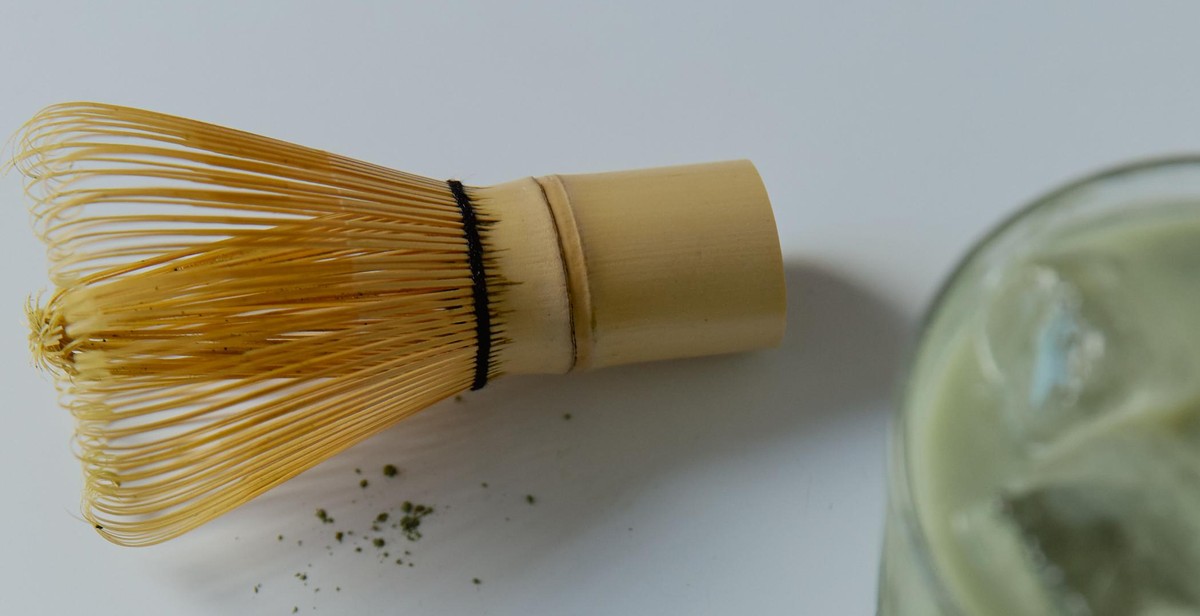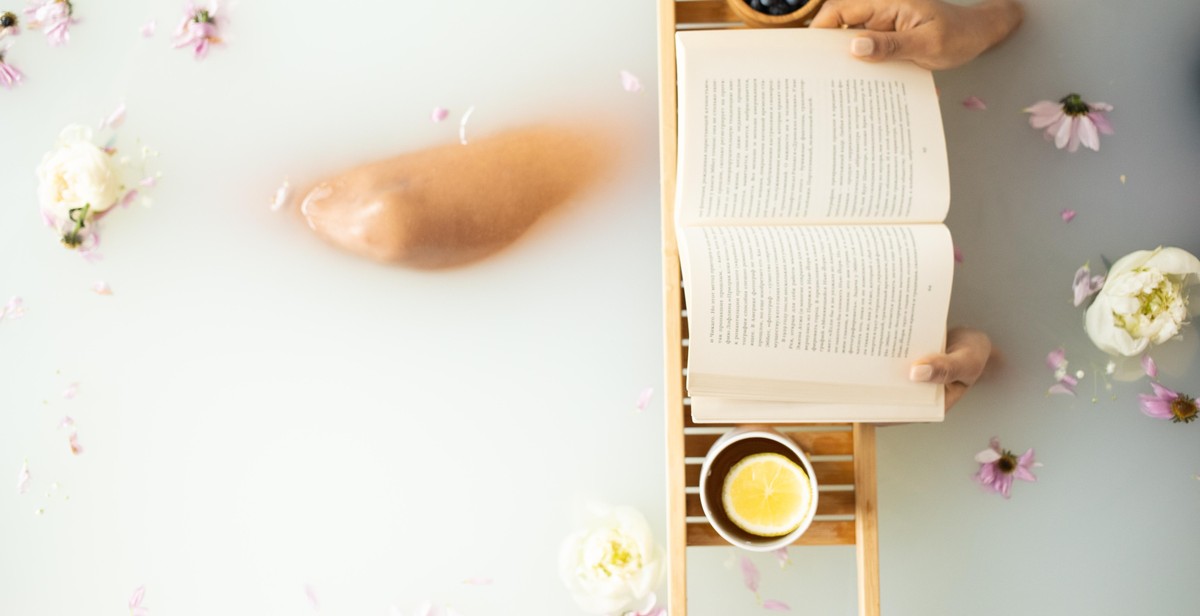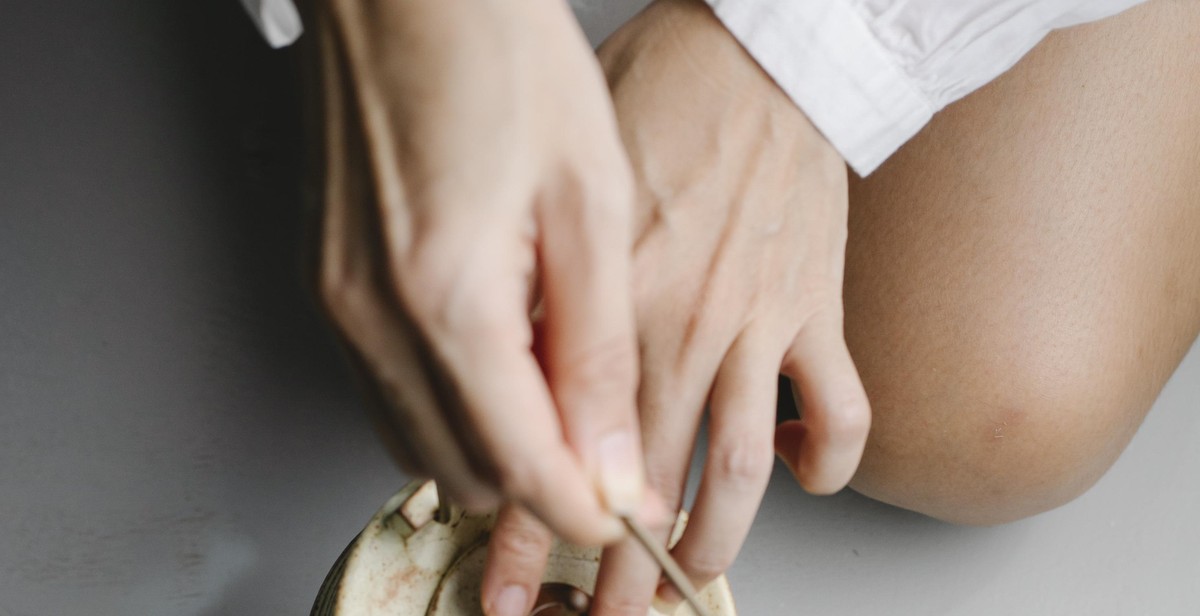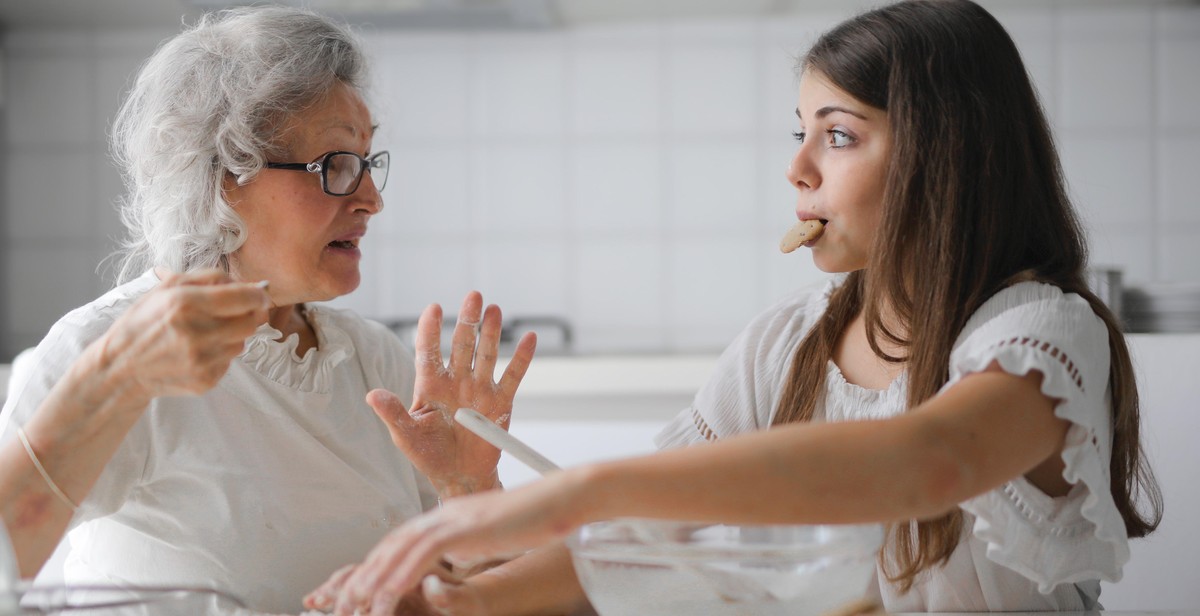How to Brew the Perfect Cup of Matcha Tea
If you’re a tea lover, you might have heard of matcha tea. It’s a powdered green tea that has been consumed for centuries in Japan and has become increasingly popular in recent years due to its numerous health benefits. Matcha tea is made by grinding high-quality green tea leaves into a fine powder, which is then whisked with hot water to create a frothy, bright green beverage.
What is Matcha Tea?
Matcha tea is a type of green tea that is grown and processed differently than other green teas. The tea leaves are grown in the shade, which increases the chlorophyll content and gives the tea its vibrant green color. The leaves are then handpicked, steamed, and dried before being ground into a fine powder.
Because matcha tea is made from the entire tea leaf, it contains more caffeine and antioxidants than other types of green tea. One cup of matcha tea contains approximately the same amount of caffeine as a cup of coffee, but the caffeine is released more slowly, providing a sustained energy boost without the crash.
Health Benefits of Matcha Tea
Matcha tea is packed with antioxidants called catechins, which have been shown to reduce inflammation, lower blood pressure, and improve heart health. Matcha tea is also high in L-theanine, an amino acid that can promote relaxation and reduce stress.
Now that you know what matcha tea is and its health benefits, let’s dive into how to brew the perfect cup of matcha tea.

Step 1: Choosing the Right Matcha
Matcha tea is a powdered form of green tea that has gained immense popularity in recent years. It is a traditional Japanese beverage that is known for its unique taste and numerous health benefits. However, not all matcha teas are created equal. There are two main types of matcha: ceremonial grade and culinary grade. It is important to choose the right matcha for your needs to ensure that you get the best possible cup of tea.
Ceremonial vs Culinary Grade Matcha
Ceremonial grade matcha is made from the youngest and most tender leaves of the tea plant. It is hand-picked and stone-ground to produce a fine powder. This type of matcha is the highest quality and is used in traditional Japanese tea ceremonies. It has a sweet, delicate flavor and a bright green color. Ceremonial grade matcha is also more expensive than culinary grade matcha.
Culinary grade matcha, on the other hand, is made from older leaves and stems of the tea plant. It is machine-picked and has a slightly bitter taste. This type of matcha is less expensive and is used for cooking and baking. Culinary grade matcha is also suitable for making matcha lattes and smoothies.
Organic vs Non-Organic Matcha
When choosing matcha, you also need to consider whether you want organic or non-organic matcha. Organic matcha is grown without the use of synthetic fertilizers and pesticides. This makes it a healthier option for you and the environment. Non-organic matcha, on the other hand, may contain harmful chemicals that can affect the taste and quality of the tea.
| Ceremonial Grade Matcha | Culinary Grade Matcha | |
|---|---|---|
| Taste | Sweet and delicate | Slightly bitter |
| Color | Bright green | Dull green |
| Quality | High | Lower |
| Price | Expensive | Less expensive |
- Choose ceremonial grade matcha for drinking straight.
- Choose culinary grade matcha for cooking and making lattes.
- Choose organic matcha for a healthier option.

Step 2: Preparing the Equipment
Before you start making matcha tea, it is important to have the proper equipment. Here are the three essential tools you will need:
Matcha Bowl (Chawan)
The matcha bowl, or chawan, is a wide and shallow bowl that is specifically designed for whisking matcha tea. The bowl should be large enough to allow for the bamboo whisk to move around freely without spilling the tea. The chawan should also be made of a material that can retain heat, such as ceramic or porcelain, to keep the tea warm.
Bamboo Whisk (Chasen)
The bamboo whisk, or chasen, is used to whisk the matcha tea into a frothy consistency. It is made of bamboo and has many thin prongs that help to blend the tea and create a smooth consistency. When choosing a chasen, look for one with at least 80 prongs for the best results.
Bamboo Scoop (Chashaku)
The bamboo scoop, or chashaku, is used to measure the right amount of matcha powder for each serving. It is traditionally made of bamboo and has a curved shape that allows you to scoop the powder easily. Using a chashaku ensures that you are using the correct amount of matcha powder for a perfect cup of tea.
Make sure to clean and dry all of your equipment thoroughly before use to ensure the best quality matcha tea.

Step 3: Measuring the Matcha
Measuring the matcha accurately is crucial to ensure that you get the perfect cup of matcha tea. Here are the steps to follow:
- Using a bamboo scoop or teaspoon, measure out the desired amount of matcha powder into a fine-mesh strainer over a bowl.
- Gently tap the strainer with the scoop or teaspoon to sift the matcha powder into the bowl.
- Discard any clumps or large particles that remain in the strainer.
- Use a whisk to break up any remaining clumps and evenly distribute the matcha powder in the bowl.
- Measure out the appropriate amount of hot water into a separate bowl or cup.
The general rule of thumb is to use 1 teaspoon (or 2 bamboo scoops) of matcha powder per 8 ounces of water. However, you can adjust the amount of matcha powder to your liking based on your personal preference.
It’s important to note that the quality of the matcha powder can also affect the amount you need to use. Higher quality matcha powder may require less powder to achieve the desired taste and consistency.
Once you have measured out the matcha powder and hot water, you are ready to move on to the next step of whisking the matcha.

Step 4: Preparing the Water
Preparing the water is a crucial step in making the perfect cup of matcha tea. There are two main factors to consider when preparing the water: water temperature and water quality.
Water Temperature
The water temperature for making matcha tea should be between 160°F and 180°F (70°C and 80°C). Boiling water can burn the tea leaves and make the tea bitter. Therefore, it is essential to use a thermometer to measure the water temperature accurately.
If you don’t have a thermometer, you can boil the water and let it cool for a few minutes before using it. Alternatively, you can heat the water until it starts to steam, then remove it from the heat source and allow it to cool for a minute or two.
Water Quality
The quality of the water you use can affect the taste and aroma of your matcha tea. It is recommended to use filtered or bottled water to avoid any impurities that can affect the taste of your tea.
Tap water may have a chlorine taste or a metallic taste that can ruin the delicate flavor of matcha tea. Additionally, hard water can also affect the taste of your tea, making it taste flat or dull.
To ensure the best quality water for your matcha tea, you can use a water filtration system or purchase high-quality bottled water.
Summary
| Step 4: | Preparing the Water |
| Factors to Consider: | Water temperature and water quality |
| Water Temperature: | Between 160°F and 180°F (70°C and 80°C) |
| Water Quality: | Filtered or bottled water is recommended |

Step 5: Whisking the Matcha
Whisking the matcha is the most important step in the process of making an excellent cup of matcha tea. It is the step that transforms the matcha powder into a smooth and frothy tea, releasing its unique flavors and aromas.
What You Will Need
To whisk the matcha, you will need:
- A matcha bowl or any wide and shallow bowl
- A matcha whisk or chasen
- A tea strainer
- Hot water
How to Whisk Matcha
Follow these steps to properly whisk matcha:
- Place the matcha powder in the matcha bowl using a tea strainer to remove any lumps.
- Pour hot water into the matcha bowl, covering about 1/3 of the bowl’s bottom.
- Using the matcha whisk, whisk the matcha in a back-and-forth motion until the powder is fully dissolved and a smooth paste is formed.
- Add more hot water to the bowl, filling it about 3/4 full.
- Whisk the matcha vigorously in a zigzag motion until a frothy layer forms on the surface of the tea.
- Enjoy your delicious and perfectly brewed cup of matcha tea!
Tips for Whisking Matcha
Here are some tips to help you achieve the perfect frothy matcha:
- Use water that is around 175°F (80°C) to avoid scorching the matcha powder.
- Whisk the matcha quickly and vigorously to create a smooth and frothy texture.
- Use a chasen or matcha whisk made of bamboo to avoid damaging the matcha bowl.
- Clean your matcha whisk after use by rinsing it with hot water and drying it with a towel.

Step 6: Enjoying Your Matcha
After successfully brewing your perfect cup of matcha, it’s time to sit back, relax, and enjoy all the benefits that come with it. Here are some tips on how to fully enjoy your matcha experience:
Matcha Tea Recipes
Matcha can be enjoyed in a variety of ways, not just as a traditional hot tea. Here are some matcha tea recipes to try:
- Matcha latte: Mix matcha powder with hot water and steamed milk for a creamy and frothy latte.
- Matcha smoothie: Blend matcha powder with banana, spinach, almond milk, and honey for a delicious and healthy smoothie.
- Matcha ice cream: Mix matcha powder with vanilla ice cream for a refreshing and unique dessert.
Matcha Tea Benefits
Matcha is not only delicious but also packed with numerous health benefits. Here are some of the benefits of drinking matcha:
| Benefit | Description |
|---|---|
| High in antioxidants | Matcha contains high levels of antioxidants, which help protect against diseases and promote overall health. |
| Boosts metabolism | The caffeine and catechins in matcha can help increase metabolism and aid in weight loss. |
| Calms the mind | L-theanine in matcha can promote relaxation and reduce stress and anxiety. |
So, sit back, relax, and enjoy your matcha tea while reaping all the amazing benefits it has to offer!
